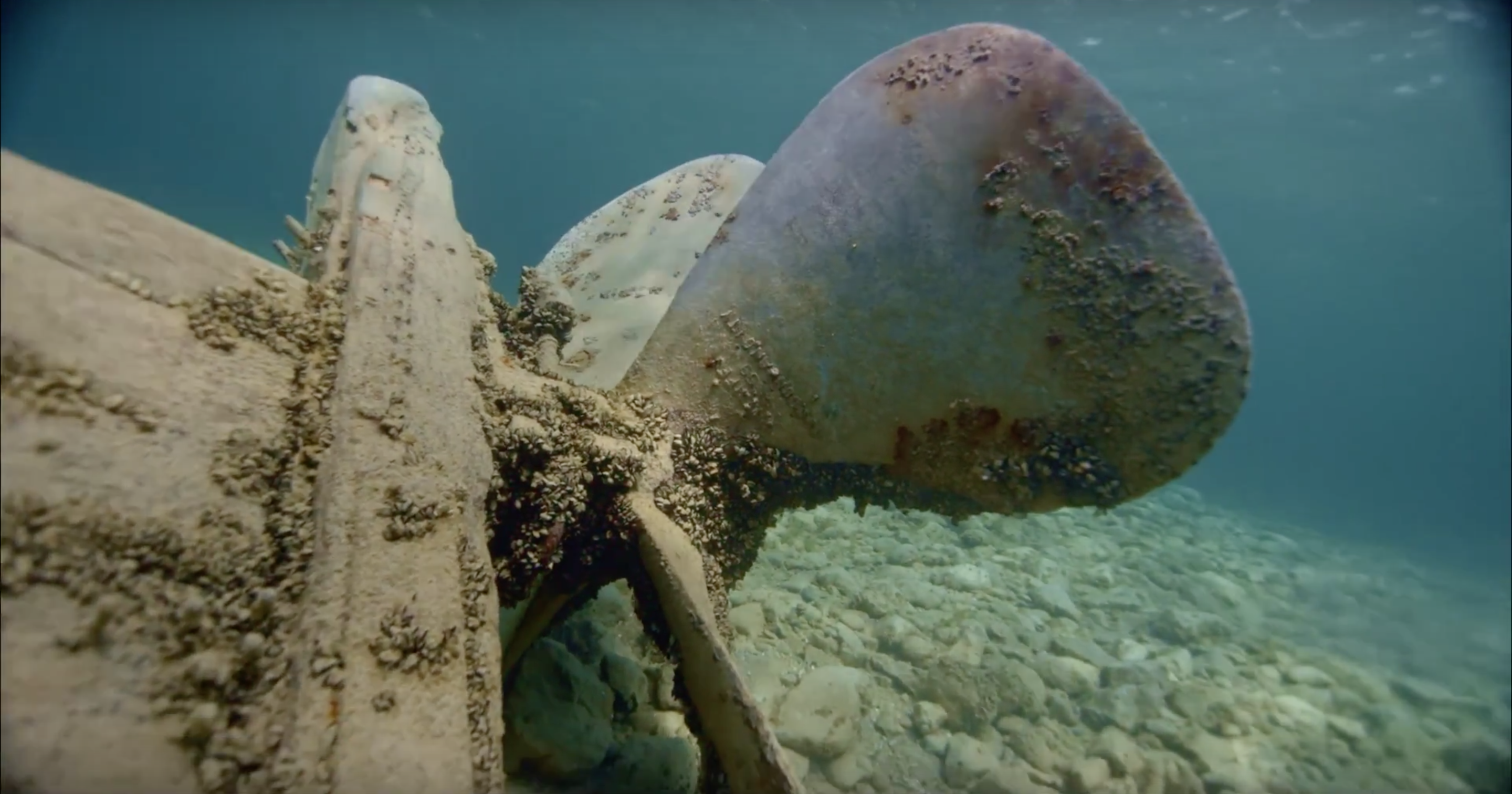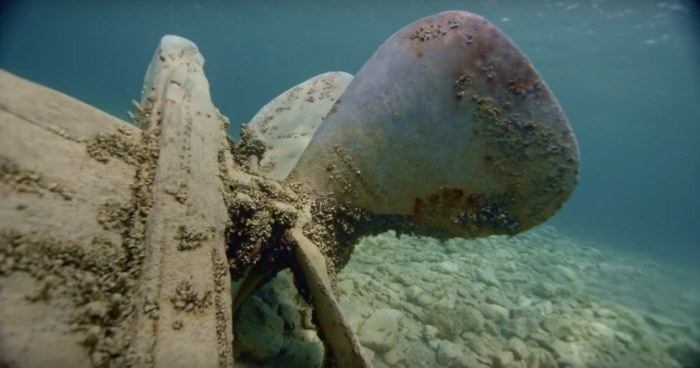
Invasive Species 101
When you read or hear the term invasive species, you may think of space invaders only seen in the movies. This term – interchangeably used with non-native species – refers to organisms that are not naturally part of an ecosystem but were introduced to it either intentionally or accidentally. Since the ecosystems to which they are introduced aren’t adapted for these newcomers, they often outcompete native plants and animals, altering ecosystems in ways that can cause ecological and economic harm. Some examples of the dangerous outcomes associated with invasive species include permanent habitat alteration (including chemical changes to the environment), the extinction of species that are vital to the local food web, and even continued spread into other ecosystems.
Most invasive species are introduced to ecosystems by humans – and oftentimes unintentionally. Many invasive marine species are transported to new areas by boats that carry them on their propellers, in their ballast water, or on the vessel’s underside. This form of unintentional transport often occurs with planktonic organisms swept up as a boat takes on ballast water for balance or invertebrates like mussels that attach themselves to vessels. Additionally, both terrestrial and marine animals can also make their way to new ecosystems when people keep them as pets and release them into a local habitat far away from where they originated. An aquatic example of this is the lionfish, native to tropical waters of the Western Pacific Ocean that were kept as aquarium fish and likely introduced to Florida waters by owners who did not want to or could no longer care for them. The lionfish is threatening coral reef biodiversity and health in several national marine sanctuaries including Flower Garden Banks, Gray’s Reef and Florida Keys national marine sanctuaries.
Invasive species, if not detected and addressed very early on, are quite difficult if not impossible to remove once they find their way into a novel ecosystem and begin reproducing. For this reason, scientists and managers generally have to focus on solutions that minimize the impact of an invasive species, contain its spread, and ensure the native organisms and habitats are as resilient as possible as they accommodate the newcomers. It’s not all bad news, though, since one strategy to manage invasive species that are safe for human consumption involves harvesting them and educating the public about these issues through innovative foods. Lionfish, for example, is a seafood choice that is sustainable as it can be used in tasty recipes. Serving invasive species also serves as an opportunity to educate the public and encourage them to diversify their seafood choices to relieve pressure from overfished species and help manage some invasive species at the same time. In fact, every year Gray’s Reef National Marine Sanctuary Foundation hosts a sustainable seafood gala showcasing recipes including lionfish to educate the public on the invasive spread of Pacific red lionfish into the Atlantic. Learn more about lionfish removal efforts here.
Other examples of invasive species in the marine environment include:
o Asian Carp – Introduced to the U.S. from southeast Asia, these fish are fast-growing, aggressive, and adaptable, allowing them to outcompete native fish for food and habitat space. They were originally imported to the US in the 1970s to filter pond water and quickly spread throughout the country both commercially and on their own.
o Zebra Mussel – Originally from Eastern Europe, they found their way to the Great Lakes in the 1980s through ballast waters of ocean-going ships. They spread quickly, outcompeting native species for food and habitats. By the start of the 1990s, they populated all of the Great Lakes. In addition to challenging native ecosystems, they also promote the growth and spread of harmful algal blooms.
o European Green Crabs – These crabs made their way to the San Francisco Bay in 1989 and outcompete native species for food and habitat and eat lots of native shellfish, threatening commercial fisheries.
o Water hyacinth – Originating in South America, this aquatic plant made its way to the U.S. as an ornamental. It grows quickly and forms dense mats at the water’s surface, reducing available sunlight for submerged plants and aquatic organisms. It also crowds out native plants and clogs waterways and pipes.

Invasive quagga and zebra mussels cover a shipwreck propeller at Thunder Bay National Marine Sanctuary. Photo credit: David J. Ruck/NOAA
